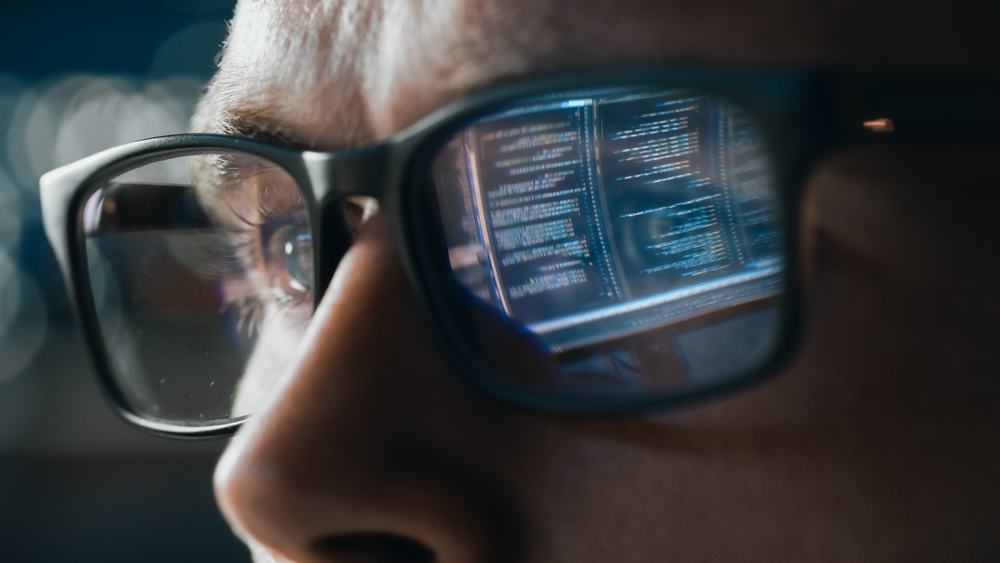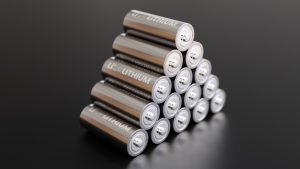A pharmaceutical experiment highlights the dangers of AI-driven biological warfare.
Others are reading now
The rapid advancement of artificial intelligence has brought both groundbreaking innovations and alarming risks.
While AI has been used for cyber fraud and security breaches, a recent study reveals an even more dangerous potential: the creation of deadly chemical weapons.
Scientists have now demonstrated that AI can design thousands of toxic compounds in mere hours, raising concerns over its misuse in biological warfare.
AI’s Role in Chemical Weapon Discovery
As reported by El Economista, researchers from a U.S.-based laboratory funded by Collaborations Pharmaceuticals conducted an AI-driven experiment designed to assess drug toxicity.
Also read
In just six hours, the AI model identified 40,000 molecular structures with high toxicity levels, potentially usable as chemical weapons.
The AI system was initially developed for pharmaceutical research, intended to detect harmful compounds in medication.
However, with minimal adjustments, it was repurposed to generate highly toxic molecules instead. Scientists warn that similar techniques could be replicated by malicious actors, including rogue states or terrorist organizations.
Growing Concerns Over AI-Driven Bioweapons
The risks of AI in biological warfare have been discussed for years. A committee of experts in the U.S. previously warned that AI-generated viruses and chemical agents pose an imminent global threat.
Some reports have even suggested that countries like Russia, North Korea, or extremist groups could already be exploring these capabilities.
Military analysts stress that this is not a distant-future concern but a present reality.
The findings, published in Air & Space Forces, indicate that the ability to design lethal bioweapons is no longer confined to high-tech government labs—it is now accessible to any organization with moderate computing resources.
As AI continues to evolve, governments and regulatory bodies face increasing pressure to implement safeguards against its misuse.
The potential for AI-driven chemical and biological weapons underscores the urgent need for global oversight to prevent catastrophic consequences.








